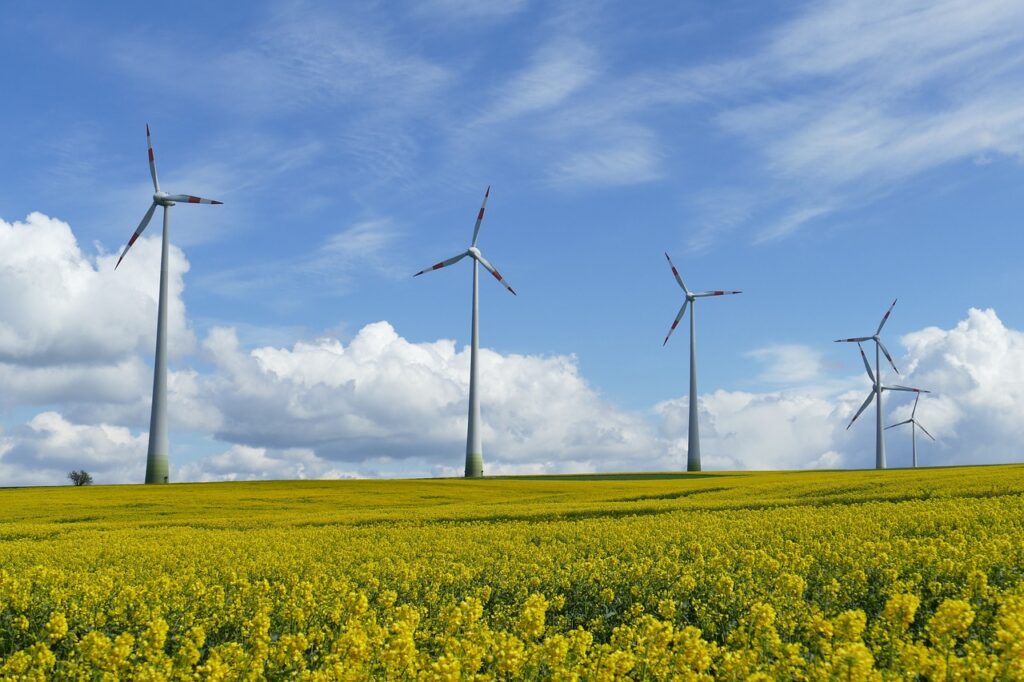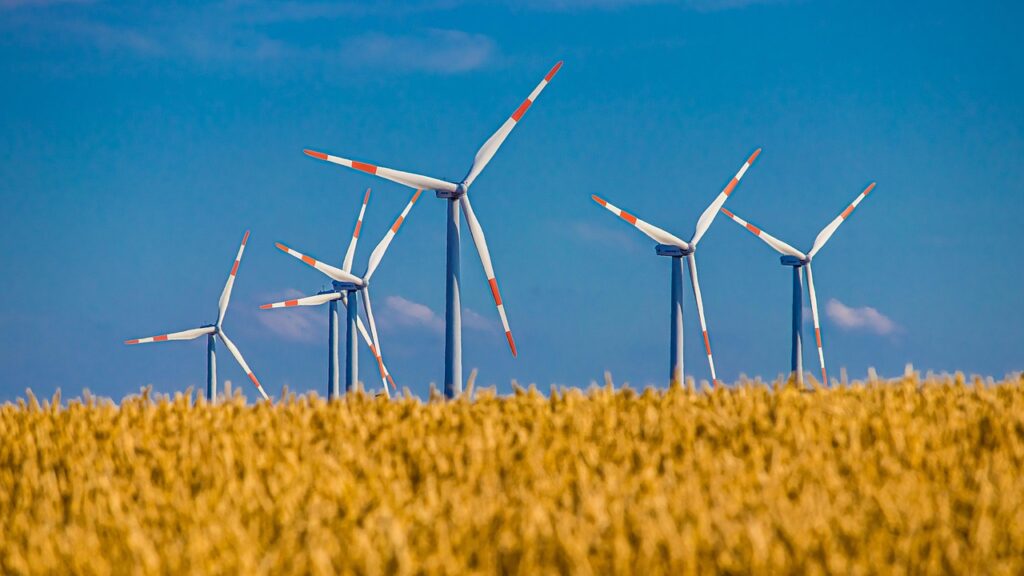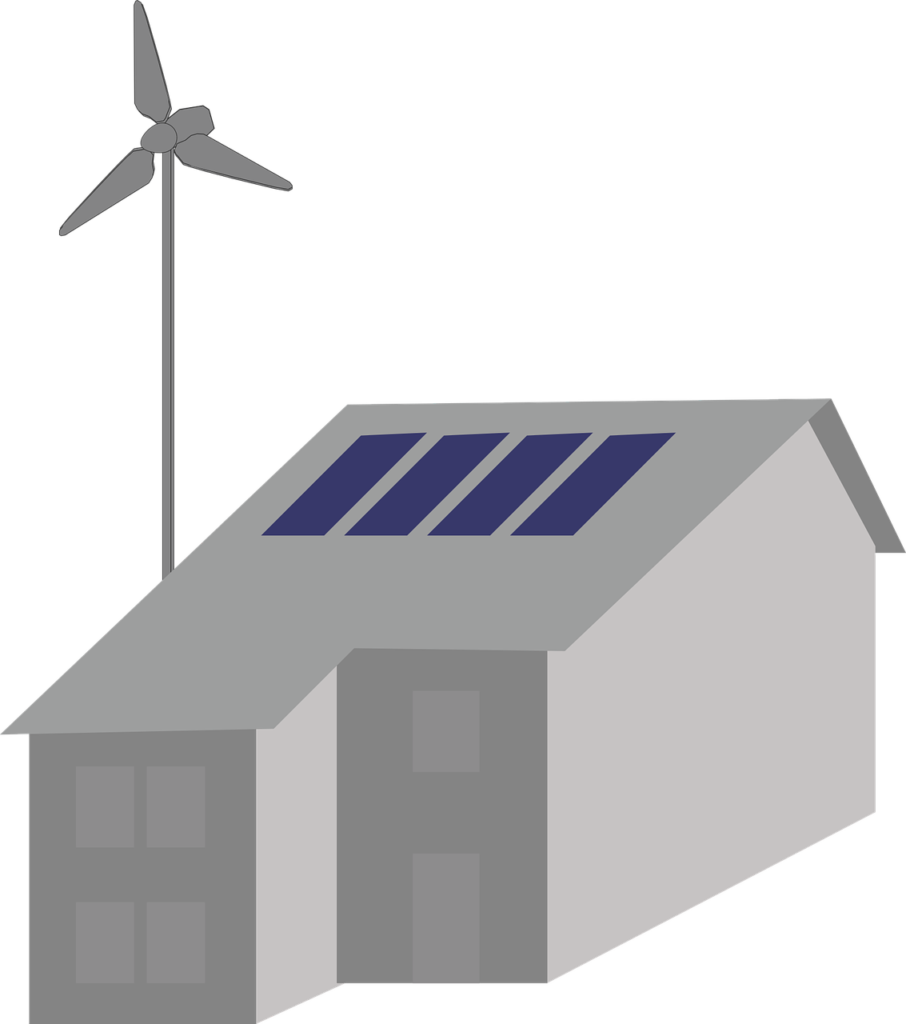Ultimate Off-Grid Power Generator for Self-Sufficient Living: A Complete Guide
In an increasingly uncertain world, more people are exploring ways to reduce their reliance on traditional energy grids. Power outages, rising electricity costs, and a desire for self-sufficiency have led to a growing interest in off-grid energy solutions. One popular and effective option is the Ultimate Off-Grid Power Generator for Self-Sufficient Living. This guide will walk you through everything you need to know about off-grid generators, the benefits they offer, and why they are the ideal solution for those seeking energy independence.
Understanding the Ultimate Off-Grid Power Generator for Self-Sufficient Living
The Ultimate Off-Grid Power Generator for Self-Sufficient Living is designed to give you complete energy independence. This type of generator combines renewable energy sources such as solar, wind, or hydro with battery storage systems to create a self-sustaining power supply. Unlike traditional backup generators that rely on fossil fuels, off-grid systems are sustainable and eco-friendly, making them perfect for people looking to live sustainably and off the grid.
Benefits of an Off-Grid Power Generator for Self-Sufficient Living
Opting for the Ultimate Off-Grid Power Generator for Self-Sufficient Living comes with several advantages:
- Energy Independence: With an off-grid generator, you are no longer dependent on local power companies. This independence is particularly beneficial in remote locations where access to electricity may be limited.
- Cost Savings: While there is an initial investment, over time, the Ultimate Off-Grid Power Generator for Self-Sufficient Living can significantly reduce or eliminate your electricity bills.
- Environmental Impact: Most off-grid systems rely on renewable energy sources, reducing your carbon footprint and promoting a more sustainable lifestyle.
- Reliability: Many modern off-grid generators are equipped with battery storage, ensuring a continuous supply of power even when natural energy sources (like sunlight or wind) are temporarily unavailable.
- Emergency Preparedness: In the event of power outages or natural disasters, the Ultimate Off-Grid Power Generator for Self-Sufficient Living ensures you still have access to the power needed for essential appliances.

Components of the Ultimate Off-Grid Power Generator for Self-Sufficient Living
To create a fully functional off-grid generator, certain essential components work together to provide energy. Here’s a breakdown of what you’ll need:
1. Solar Panels
Solar panels are a common component of an Ultimate Off-Grid Power Generator for Self-Sufficient Living. They convert sunlight into electricity and are ideal for capturing energy during daylight hours. Solar panels are usually paired with batteries, which store energy for nighttime use.
2. Wind Turbines
For areas with consistent wind, adding a wind turbine to your off-grid generator system can increase your power supply. Wind turbines work well alongside solar panels as they can generate power when the sun isn’t shining.
3. Battery Storage
The battery system stores the energy generated by the solar panels or wind turbines, making it available when needed. Battery storage is crucial to maintaining a continuous power supply and ensuring you have backup power during low-production times.
4. Inverter
An inverter converts the direct current (DC) electricity from solar panels and batteries into alternating current (AC) electricity, which is what most household appliances require. The inverter is essential to make the energy from your Ultimate Off-Grid Power Generator for Self-Sufficient Living usable for everyday applications.
5. Charge Controller
The charge controller regulates the voltage and current from the solar panels or wind turbine to prevent battery overcharging. This component prolongs battery life and optimises the performance of your off-grid generator.

Choosing the Right Off-Grid Generator for Self-Sufficient Living
When choosing the Ultimate Off-Grid Power Generator for Self-Sufficient Living, consider your specific energy needs, location, and budget. Factors like the climate, local weather patterns, and household energy requirements all play a role in designing a system that will meet your needs. Here are some tips for selecting the best off-grid generator:
- Calculate Your Energy Needs: Determine how much power you consume daily by identifying essential appliances and their energy requirements.
- Assess Your Location: If you live in a sunny area, solar panels are an excellent choice. For regions with frequent winds, a combination of solar and wind power could be ideal.
- Budget and Long-Term Savings: While the upfront cost of the Ultimate Off-Grid Power Generator for Self-Sufficient Living can be significant, consider it a long-term investment in energy savings and reliability.
How to Build an Ultimate Off-Grid Power Generator for Self-Sufficient Living
While purchasing a pre-built off-grid generator is convenient, building one yourself can be more cost-effective and tailored to your specific needs. Here’s a simplified guide to creating your own Ultimate Off-Grid Power Generator for Self-Sufficient Living.
- Plan and Gather Components: Decide on the primary power source (solar, wind, or both) and calculate the total power output you need. Purchase the necessary components, including solar panels, batteries, an inverter, and charge controllers.
- Install Solar Panels or Wind Turbines: Place solar panels in a location with maximum sunlight exposure or install wind turbines in an open, windy area. Ensure they are securely mounted and angled correctly.
- Set Up Battery Storage and Inverter: Connect the solar panels or wind turbine to the battery storage system, using the charge controller to regulate power flow. Install the inverter to convert DC to AC power.
- Connect Appliances: Once your generator is set up, you can connect it to essential appliances or even to the entire home’s power grid, if applicable.
Maintenance Tips for Your Ultimate Off-Grid Power Generator
To ensure your Ultimate Off-Grid Power Generator for Self-Sufficient Living continues to operate efficiently, regular maintenance is essential. Here are some quick maintenance tips:
- Solar Panel Cleaning: Keep solar panels free from dust and debris to maximise their efficiency. Clean them periodically, especially in dusty or pollen-heavy seasons.
- Battery Care: Monitor battery levels and charge/discharge cycles to maintain optimal performance. Some batteries require occasional fluid checks or adjustments.
- Check for Wear and Tear: Inspect wiring, connectors, and other system components periodically to ensure everything is functioning properly.
- Inverter Health: Keep the inverter in a dry, cool location and check its output regularly to make sure it is converting power correctly.
Real-Life Applications of the Ultimate Off-Grid Power Generator for Self-Sufficient Living
The Ultimate Off-Grid Power Generator for Self-Sufficient Living has proven valuable for numerous applications:
- Remote Homes and Cabins: Off-grid generators are ideal for locations far from traditional power lines, providing energy independence.
- Emergency Backup: Homeowners use these generators to ensure backup power in case of natural disasters or grid failures.
- Eco-Friendly Lifestyles: People aiming for a low-carbon footprint or minimal environmental impact often choose off-grid systems to align with their sustainable values.

Final Thoughts on the Ultimate Off-Grid Power Generator for Self-Sufficient Living
The Ultimate Off-Grid Power Generator for Self-Sufficient Living is a powerful solution for those seeking energy independence and self-sufficiency. By harnessing renewable energy, this generator provides a sustainable and reliable alternative to traditional electricity sources, with the added benefits of cost savings and eco-friendliness. Whether you live in a remote location, aim to reduce your environmental impact, or simply want to prepare for power outages, investing in an off-grid power generator can transform your home into a self-sufficient oasis.
